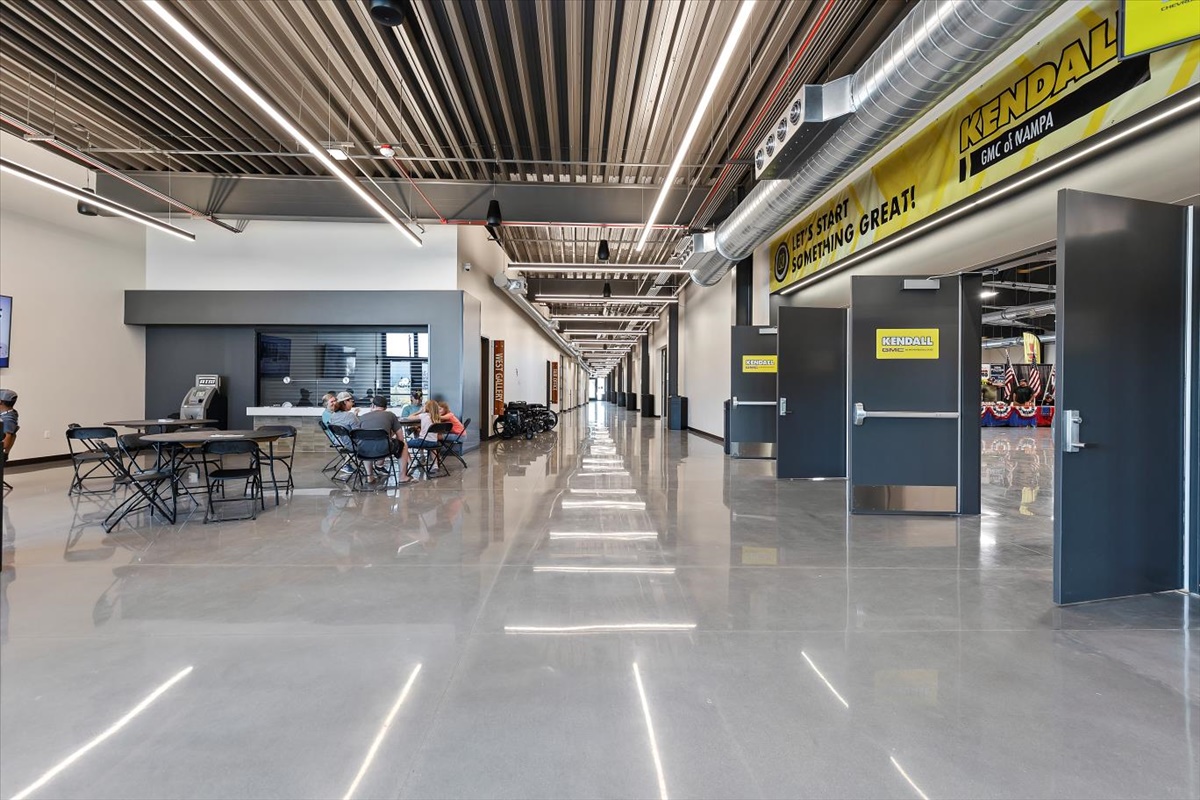
Expo Buildings & Fairground Architecture
Over the past several years, if you have paid attention to Fairground Architecture there has been a growing trend to construct Fair and Expo Center Multipurpose Buildings that can accommodate a range of different activities and events. These are often called Expo Buildings, Exposition Buildings, or just Multi-Purpose Buildings. This shift in Fairground Design is not a fad and has been driven by several factors as discussed below – which include flexibility, cost-effectiveness, space optimization, sustainability, and community engagement.
Flexibility is a key driver of the growing need for multipurpose buildings. K/O Fairground Planners have seen communities and organizations evolve, their needs and activities can change. A multipurpose building can accommodate a range of different activities and events, making it a more flexible solution that can adapt to changing needs over time. This adaptability can help ensure that the building remains relevant and useful for the community, even as its needs and activities evolve.
- Cost-effectiveness is another factor driving the trend towards multipurpose buildings. As K/O Fairground Architects we have experienced firsthand that a single multipurpose building can be more cost-effective than building several buildings for different uses. Common initial thoughts for fairs are the need for equine or equestrian events, livestock shows, or rodeos. But as a multipurpose structure, it can also support tradeshows, sports events, auctions, craft shows, graduations, or car shows. Other commercial uses like serving as an entertainment venue, concert facility, or banquet hall are also a possibility. These are all ways to add revenue to your complex. Not to mention it can also be less expensive to maintain and operate a single building, as opposed to several different buildings. This can be particularly important for organizations and communities that are operating on limited budgets.
- Space optimization is also a key factor driving the trend towards multipurpose buildings. This is one of our main requests when we work with State Fairs and County Fairs around the Country. Multipurpose buildings can be designed to optimize the use of space, which can be particularly important in urban and rural areas where space is at a premium. By combining several functions into a single building, space can be used more efficiently. This can help organizations and communities make the most of their available space and resources.
- Sustainability is another important driver of the trend towards multipurpose buildings. As an architect K/O can design a multipurpose building with sustainability in mind. By reducing the number of buildings required for different functions, the environmental impact can be minimized. Additionally, sustainable design features can be incorporated into the building to reduce energy consumption and minimize waste. This can help organizations and communities reduce their carbon footprint and contribute to a more sustainable future.
- Finally, community engagement is a key driver of the trend towards multipurpose buildings. There is nothing more satisfying than watching our tag line “We Design Community” come to life. Our facilities on Fairgrounds often become the community centerpiece. A multipurpose building can serve as a gathering place for the community, bringing people together for a range of different activities and events. This can foster a sense of community pride and engagement. Multipurpose buildings can also help bring communities together by providing a space for shared experiences and activities.
In conclusion, the growing need for Expo Buildings, Exposition Buildings, or just Multi-Purpose Buildings on State Fairgrounds or County Fairgrounds is driven by a range of factors, including flexibility, cost-effectiveness, space optimization, sustainability, and community engagement. As communities and organizations continue to evolve, the need for adaptable spaces will only continue to grow. Multipurpose buildings offer infinitely flexible and cost-effective solutions that can accommodate a range of different activities and events, making them an important asset for communities and organizations alike.


